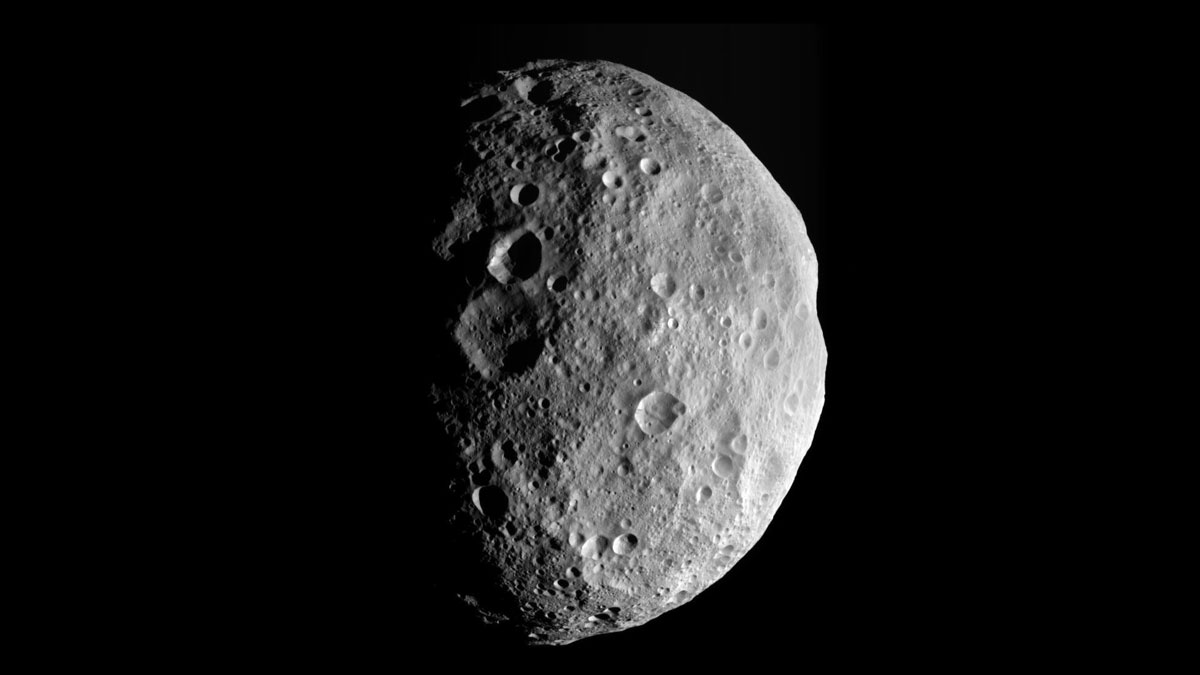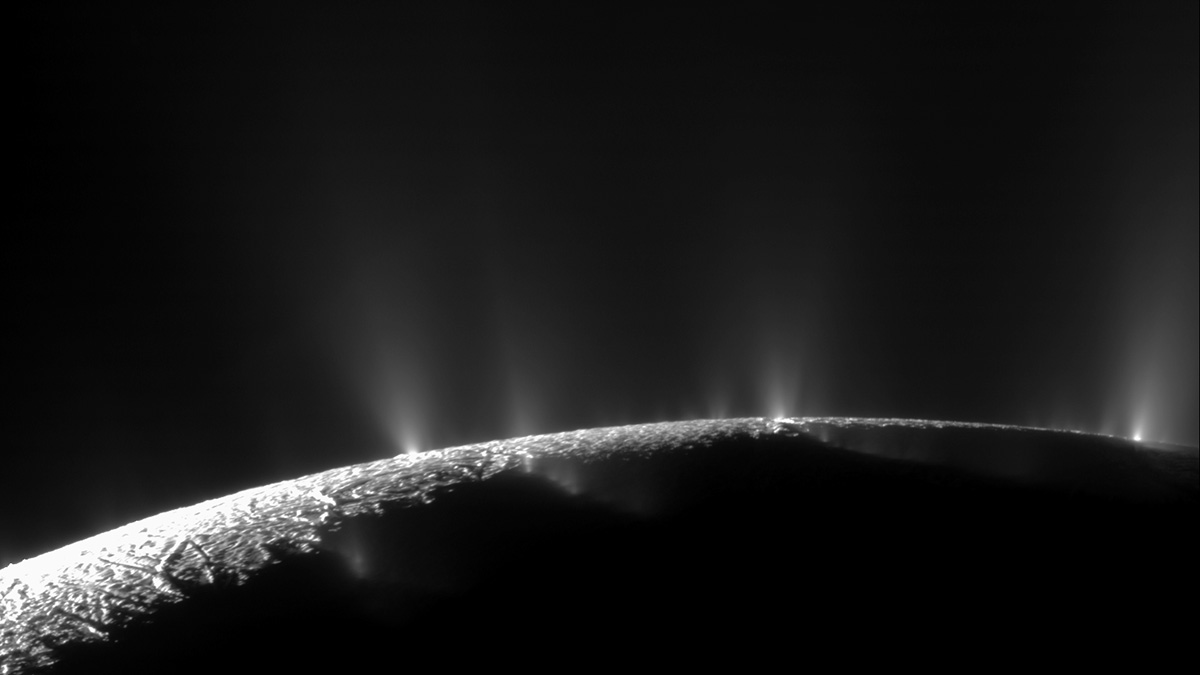Astronomers are using data from the recently decommissioned star-mapping satellite to help determine masses and more accurate orbits of celestial bodies closer to home.
Nola Taylor Tillman
Nola Taylor Tillman is a freelance science journalist with a focus on space and astronomy. She has a degree in English and astrophysics from Agnes Scott College and lives in Atlanta, Ga. She has written for publications including Eos, Scientific American, New Scientist, Science, and Discover magazine.
What Methane Jets Might Tell Us About Enceladus
Plumes on Saturn’s moon Enceladus are dumping methane into space—fast. Something must be resupplying the organic compound.
Martian Glaciers May Have Carved Its Valleys
Networks of valleys provide puzzling hints of running water on the surface of the Red Planet. New research suggests that some tributaries could have formed from icy sheets thousands of meters thick.
Satellites Allow Scientists to Dive into Milky Seas
Satellites may finally be able to report the fleeting phenomena of milky seas in near-real time, allowing researchers to potentially study an ocean mystery that has survived more than 2 centuries.
Megaripples on Mars—How to Name Wind-Shaped Features on the Red Planet
New research suggests a more settled terminology for Martian aeolian landforms based on size and geomorphology.
On Thin Ice: Tiger Stripes on Enceladus
Saturn’s moon Enceladus boasts fierce tiger stripes around its south pole, a mystery that has long puzzled scientists. New research explores the stripes by examining how the moon’s ice breaks.
Scientists Float a New Theory on the Medusae Fossae Formation
Pumice-like rafts of lightweight material could have carried volcanic debris across an ancient Martian ocean to build one of the most puzzling features on the Red Planet.
Hot White Dwarfs May Reveal Cold Gas Giants
The gaseous atmospheres of giant planets may evaporate and accrete onto the dense surfaces of white dwarfs, providing astronomers a new way to detect hidden exoplanets.
An Exoplanet with Evolving Clouds of Salts
Clouds form and dissipate on a gas giant orbiting a Sun-like star.
Tiny Fireballs May One Day Reveal Unseen Asteroids
The tiny fireball that flew over Japan in 2017 came from an asteroid that could threaten Earth in 10 million years or so. Scientists are trying to use these little meteors to hunt larger objects.










